Northcote Apartments featured on One News
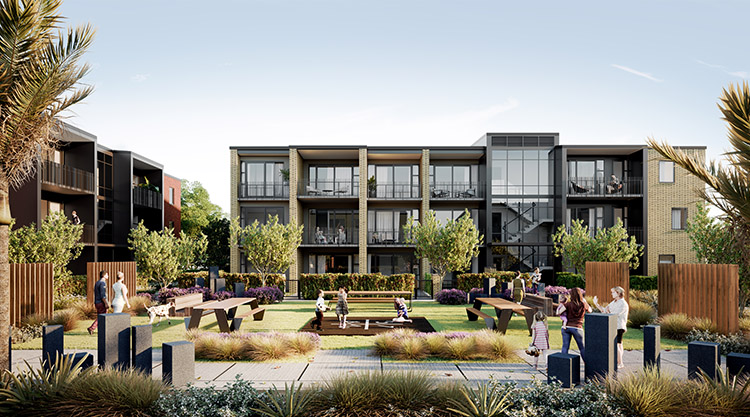
Check out the link here

Grab yourself the latest best of 2018 – URBIS Magazine – Issue 107
Betty Chung from our office, talks about the balance of her two careers.
“it requires a lot of dedication to be able to do what is effectively two full-time jobs” but… “I love them both equally and when you love what you do, it doesn’t feel hard”

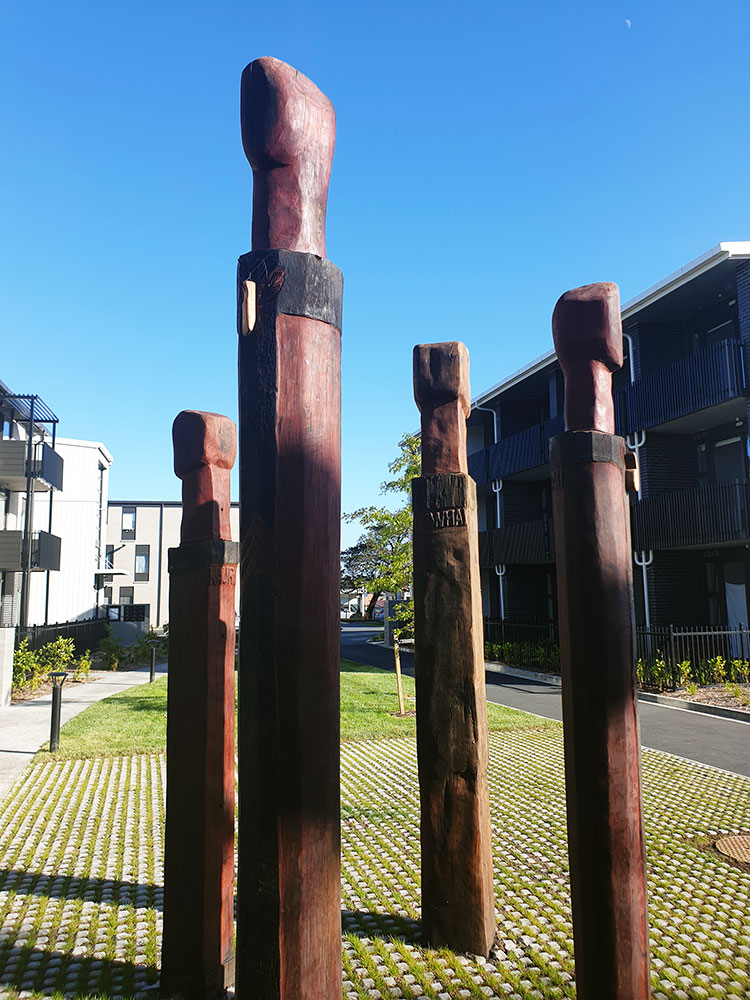
Here is a shot of the outdoor sculptures at Mason Square in Otahuhu by Anton Forde.
You can see more of this work here
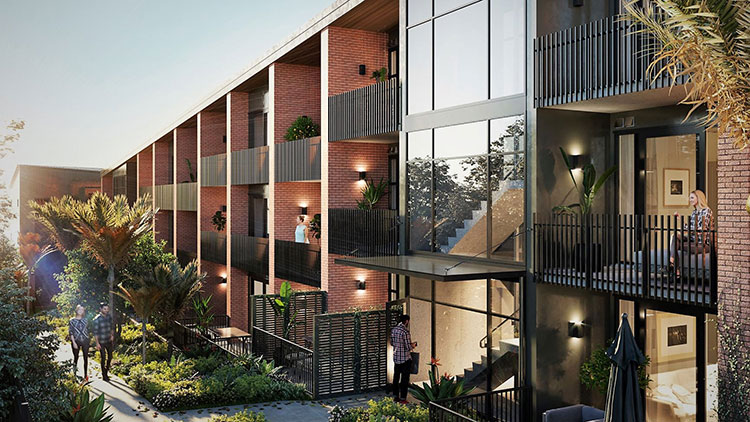
TVNZ News ran an item stating that the studio at 340 Onehunga had to be redesigned as they were too small.
To be clear, the 'redesign' is the result of bank lending guidelines not Unitary Plan rules. Ironically we asked the banks about this some time ago and we were told the 1 bed apartments had to be 50sqm, no word about studio sizes. All fixed with an adjustment of the stair lobby wall. Being the first Kiwibuild apartments had to have some bank lending issues.
Link to the original article here.
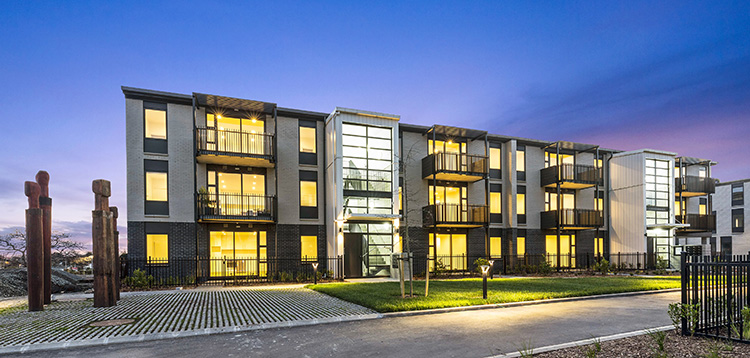
Mason Square has recently achieved Certificate of Code Compliance and is ready for occupation.

One of our multi-talented staff members, Betty, has been interviewed by Cuisine magazine about combining both her passions in architecture and ceramic art.
Please have a read below.
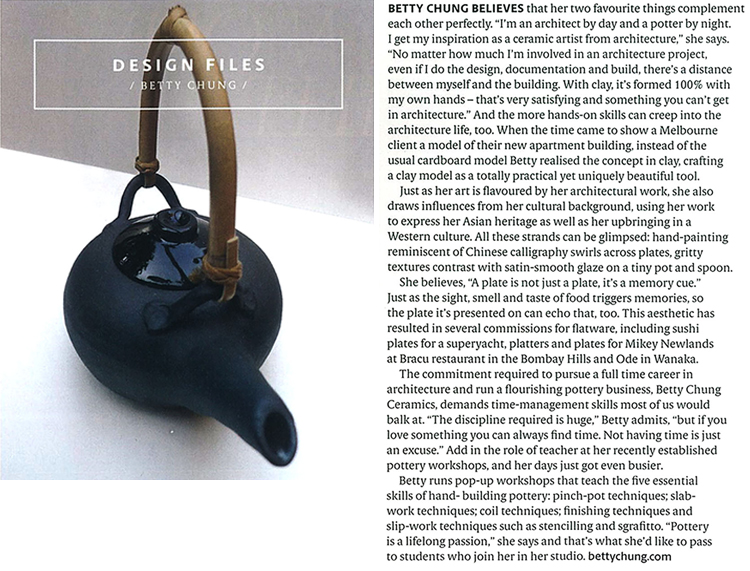
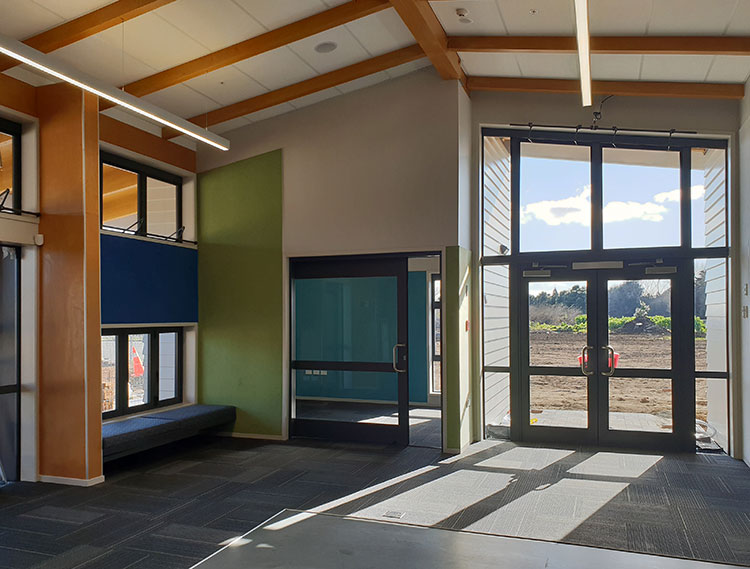
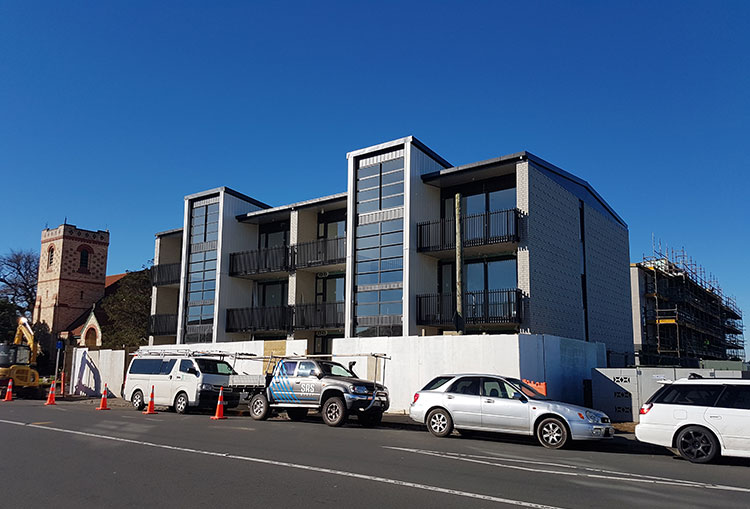
We are very excited that Stage 1 of the Mason Square Apartment project is nearing completion. Earthworks have already begun for Stage 2.
Above is a photo of Mason 1 out of a total of 5 apartment blocks.
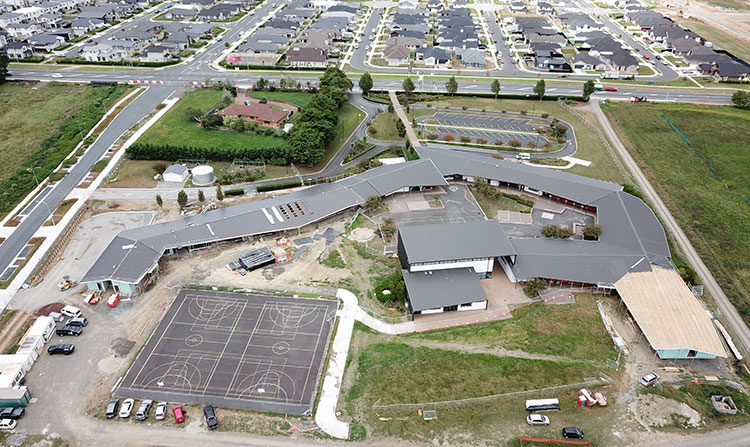
We completed Stage 1 of Hingaia Peninsula School in 2012 and have been working on Stage 2A (another 3 Learning Studios and a Special Needs Satellite Unit) since 2017. Spot the new areas on the aerial photo above.
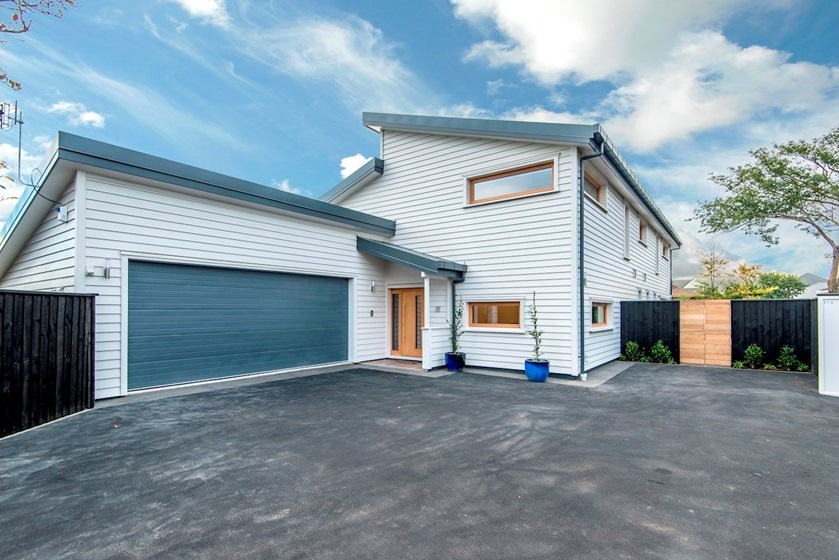
What is a Certified Passivhaus and the Passivhaus Standard?
A certified Passivhaus is a building that conforms to the Passivhaus Standard. This standard sets the level at which a building must perform, with the aim of achieving a very high level of occupant comfort but very low consumption of energy. A building that does not meet the strict Passivhaus performance standard cannot be certified as a Passivhaus.
What are the hallmarks of a Passivhaus building?
A Passivhaus building is required to be extremely energy efficient. It aims to minimise the consumption of energy used to heat, cool and ventilate the spaces within it.
This is achieved via
What are the advantages of a Passivhaus building?
Who developed the Passivhaus standard and how long has it been in existence?
The first Passivhaus was completed in 1990, the result of a collaboration between Wolfgang Felst and Bo Adamson of the Institute for Housing and Environment in Germany and architects Bott, Ridder and Westermeyer. Felst and Adamson developed the standard through various research projects as a result of a desire to build in a far more energy efficient and sustainable way whilst enhancing occupant comfort and health. In 1996 they founded the Passivhaus Institute to ensure the standard could be monitored and its quality maintained, and to promote its implementation.
Is the Passivhaus standard only for houses?
Not at all. In Europe there are Passivhaus Certified offices, schools and kindergartens as well as private houses. The world’s first Passivhaus Hospital is currently under construction in Frankfurt.
How do you determine if a building meets the standard?
Before it can be certified, a building must be tested to see if it complies with the strict Passivhaus Standard. This is achieved using the blower door test – a means of measuring air pressure to detect the rate at which air is leaking from the building, in relation to the overall building volume. The Marriott house achieved 0.38 air changes per hour (ACH) - below the required Passivhaus standard of 0.6. In simple terms, the less air the building leaks, the lower your heating and cooling costs will be. Since the first Passivhaus achieved certification in New Zealand in 2012, another 13 have been certified (others are awaiting certification), with the Marriot House becoming the first in Canterbury.
Is Passivhaus construction really necessary in New Zealand? It doesn’t get that cold ….
The World Health Organisation recommends that the average temperature in our buildings be maintained at a minimum 18 degrees centigrade (preferably 21 degrees centigrade for children and the elderly) to maintain occupant comfort and prevent negative impacts upon health.
In New Zealand, whilst our winter temperatures may not be extreme, many of our buildings were constructed before insulation and double glazing became mandatory. Unable to retain warmth efficiently and therefore costly to heat, they are often colder than the WHO’s recommendations and consequently damp as well; conditions in which mould can thrive and air quality becomes poor. We have one of the highest rates of respiratory illness in the world, some of which can be attributable to the condition of our buildings. Constant access to fresh air in buildings that are warm in winter, cool in summer and dry all year round can enable occupants to lead healthier lives. Passivhaus buildings are not just valid for the cooler climates of Europe, they are equally beneficial in New Zealand.
Do we have a Passivhaus institute in New Zealand?
Yes we do. The standard is not well known in New Zealand but the Passivhaus Institute New Zealand is working hard to change this, educating people as to the benefits of Passivhaus construction by running presentations, lectures and open days by Passivhaus owners.
Keys to Successful Passivhaus design
I would like to build Passivhaus but it sounds very difficult, and expensive …
Building a Certified Passivhaus building may not be as problematic as you think. In addition to PHINZ there are now a number of architects, consultants, builders, product suppliers and engineers in New Zealand who are experienced in Passivhaus design and construction, all of whom are keen to share their knowledge. If it is something you are interested in, come and talk to us. We can tell you about what’s involved, and whether you opt for a Passivhaus build or not, we can still offer many suggestions that will improve the quality of your building regarding not just energy usage but water efficiency also, and the selection of products, materials and systems that will contribute to your health and comfort and the longevity, efficiency and value of your building.
Details of the Marriott Passivhaus designed by Brewer Davidson Architects can be viewed at the Passivhaus Database (in English) http://www.passivhausprojekte.de/index.php?lang=en#d_4073 and on our website.
Brewer Davidson has an industry leading level of experience in sustainable design and consulting.